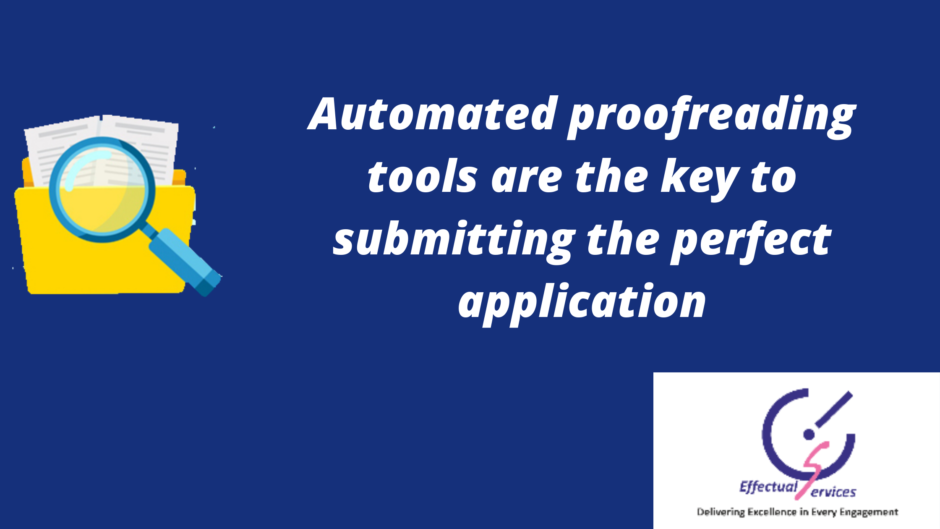Automated proofreading tools are the key to submitting the perfect application

Proofreading a patent is crucial to maintaining its quality and its workability. Errors may be clerical, grammatical or in the claim numbering (among many other forms), and can creep in anywhere in the patent, whether it be in the introductory page (face page), specification, claims or drawing. Since the USPTO does not provide a copy of the final patent before it is printed, errors must be righted in a Certificate of Correction.
Professionals carry out the manual task of proofreading patent applications. This involves examining filed or approved and granted patents for any errors that the applicant has overlooked or that the USPTO has printed. While professionals generally spot the smallest of mistakes, the repetitive nature of the work means that errors can often be either missed or introduced inadvertently. With increasing competition in the market, professionals are experiencing growing pressure to reduce costs and must work harder and with a quicker turnaround to ensure that applications are 100% accurate. This is where an automation tool is useful.
An automated proofreading tool can:
- ensure the quality of the work delivered – the result is highly accurate and all types of error are found; and
- save time, which could be utilised to discuss certain points with the applicant.
An automated tool can be used to proofread:
- the abstract;
- claims;
- specifications;
- comparisons; and
- the list of references.
It will also carry out a general spelling and grammar check.
The following tools can be used to automate proofreading:
- Acrobat Adobe;
- MS Word; and
- Abbyy Fine Reader.
The work that must be completed manually includes checking:
- the face page (ie, title, applicants, inventors, assignee, application number, filing date, publication number, publication date, references cited, Cooperative Patent Classification, US classification, examiners, attorney, agent and/or firm);
- drawings and drawing tags;
- formulae or special characters (eg, $, %, ^, #, α, β, γ and &);
- characters, such as commas, full stops, semi-colons and colons;
- antecedent errors, which are generally an observation for the attorney;
- consistency in claims; and
- renumbered claims.
Although there are several tools in the market that claim to have taken over the manual intervention of proofreading, their quality should be questioned.
Automatic software tools can save costs and time, thereby allowing professionals to concentrate on more substantive work.
For further information contact:
Reshu Tyagi
Effectual Knowledge Services Pvt Ltd
View website
Solutions Driving Innovation & Intelligence
Enabling Fortune 500's, R&D Giants, Law firms, Universities, Research institutes & SME's Around The Globe Gather Intelligence That
Protects and Nurtures Innovation Through a Team of 250+ Techno Legal Professionals.


